Megijima Island (Demon Island)
Did you know that there is a cave on Megijima Island in Kagawa Prefecture where the demon from the legend of Momotaro lived?
Megijima Island, which belongs to Takamatsu City, Kagawa Prefecture, is an island floating in the Seto Inland Sea. It is handed down as “Onigashima (island of Demon)”, which appears in the fairy tale “Momotaro”, and a great cave that is said to have been inhabited by a demon has been discovered in Mt.Washigamine in the central part of the island. The demon in the legend of Momotaro was exterminated by Momotaro, so a monument to the demon is displayed in the great cave.

Megijima island is about 4km north-northeast from Takamatsu Port, about 20 minutes by ferry. It is a long and narrow island with a north-northeast axis of about 4km and a northwest axis of about 1km. By the way, 1km north-northeast of Megijima island is Ogijima island, which takes 40 minutes by ferry from Takamatsu Port to Ogijima island. It operates from Takamatsu Port via Megijima island. Locals call Megijima island and Ogijima island together “Shiyujima islands (male and female islands)” (“female” for Megijima island and “male” for Ogijima island).
<Demon Lighthouse>
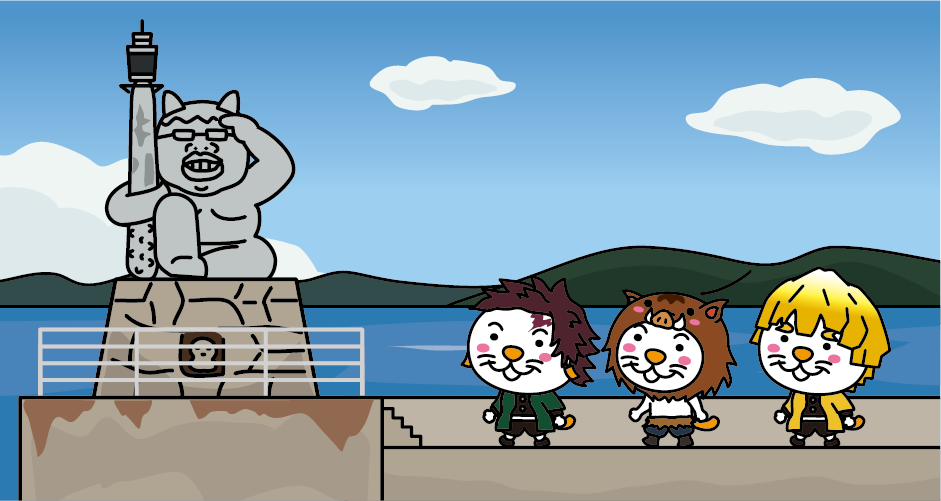
At Megi Port, where the ferry arrives and departs, there is the “Oni Lighthouse (Demon Lighthouse)”, which is based on the image of Onigashima. The gold bar part is a lighthouse. You can see the Oni Lighthouse from the ferry, but you can also walk along the breakwater to the Oni Lighthouse. A charming demon is embedded in the pedestal of the lighthouse.
<Stone Wall (Ote)>
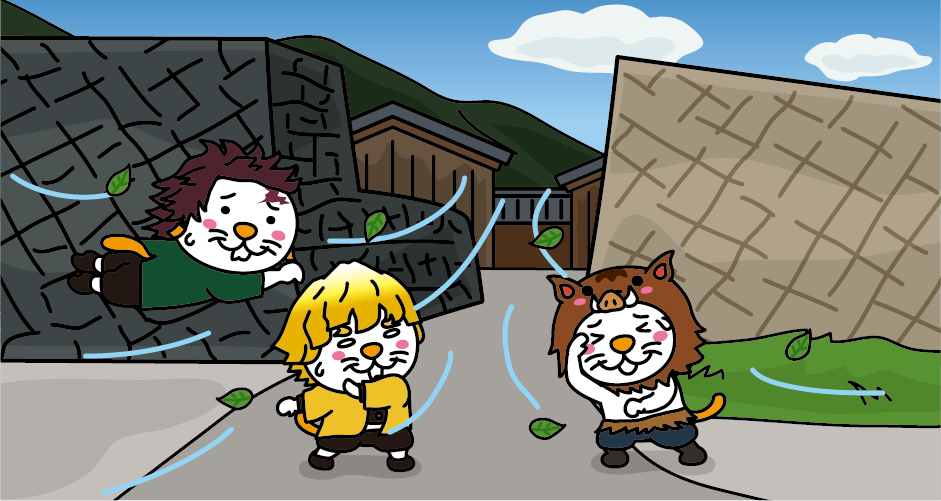
As the ferry approaches the island, you will see stone walls that look like they were built by demons in preparation for Momotaro’s attack, but these stone walls have nothing to do with the Legend of Momotaro. In winter on Megijima island, the northwest monsoon hits the mountains, creating a strong wind called otoshi that changes direction and blows down, lifting seawater and spraying waves against houses. A stone wall called “Ote” was built to protect the houses from this strong wind. Currently, roads and breakwaters have been built, and the coastline has retreated about 20 to 30m, but in the past, the beach was right in front of this stone wall.
<Moai statue on Megijima Island>
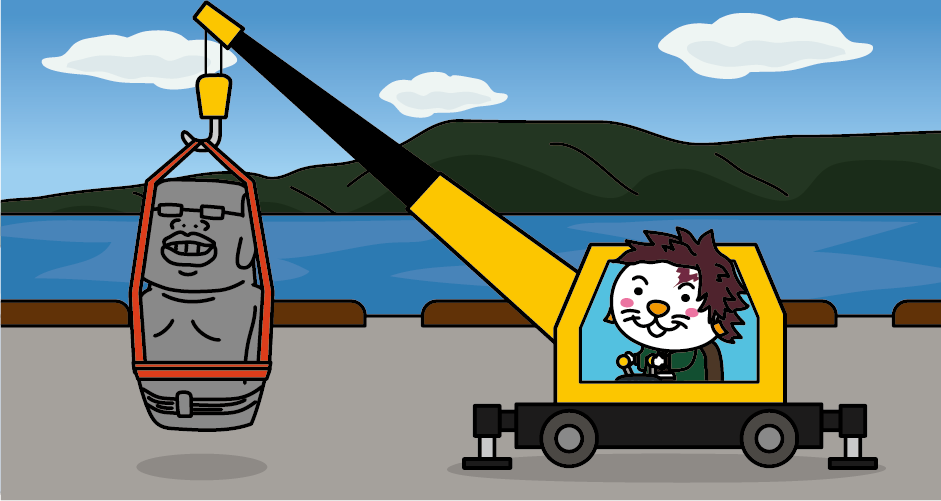
There is Moai statue on Megijima island, but this Moai statue have nothing to do with the Legend of Momotaro. The Moai statue at Megi Port is replicas created as an experiment when Tadano, a crane manufacturer in Takamatsu City, launched a project to restore the 15 fallen Moai statues on Easter Island. After the project was completed, it was donated to Takamatsu City and installed on Megijima island.
<Onigashima Great Cave>
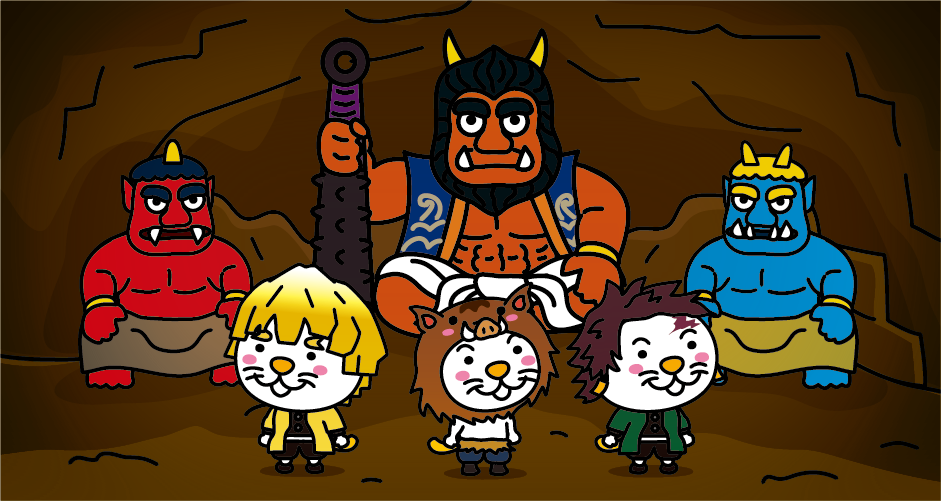
Megijima island is said to be “Onigashima”, which appears in the Legend of Momotaro. At the peak of Mt. Washigamine in the center of the island, there is a huge cave (“Onigashima Great Cave”) that is said to have been inhabited by a demon. The Onigashima Great Cave was discovered in 1914. 4000㎡ in area and 400m in depth. The inside of the great cavern has been recreated, including the ogre’s conference room, confinement room, and gatekeeper’s waiting room. The cave is said to have been built around 100 BC.

Megijima island is one of the venues for the Setouchi Triennale International Art Festival, which is held once every three years. Approximately 3,000 junior high school students in Kagawa Prefecture have created Onigawara (ridge-end roof tiles) as artworks of the Setouchi Triennale International Art Festival and displayed them in and around the cave. Onigawara is a decorative tile placed at the edge of a tiled roof and is one of the traditional crafts of Kagawa Prefecture.
<A piano that looks like a sailing ship>
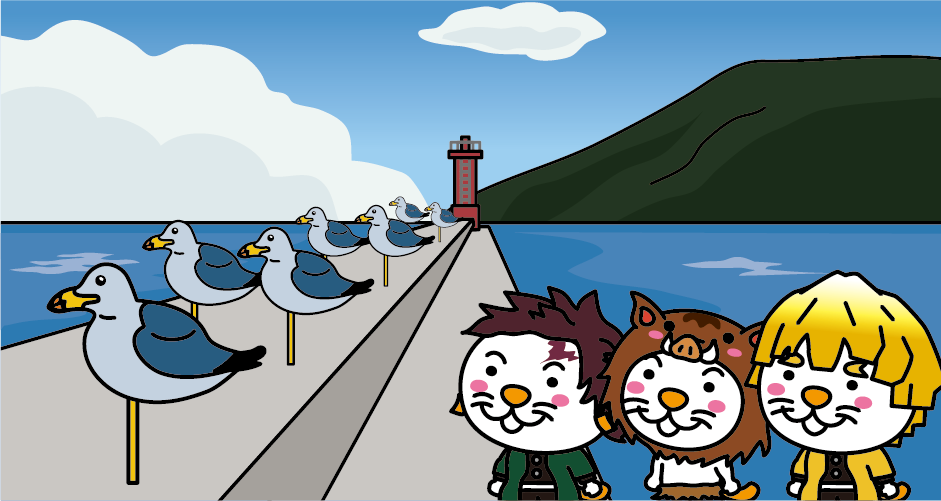

Contemporary artworks from the Setouchi Triennale are also on display in the vicinity of Megi Port. The “Seagull Parking Lot,” an artwork of weathercocks with a motif of seagulls lined up on the breakwater, and the “Reminiscence of the 20th Century,” an artwork of a piano that looks like a sailing ship floating on the sea, are also on display.
Access to Megijima Island
[Train]
Approximately 3 hours and 20 minutes by Shinkansen from JR Tokyo Station to JR Okayama Station. *Approximately 50 minutes by Shinkansen from JR Shin-Osaka Station to JR Okayama Station.
Approximately 1 hour from JR Okayama Station to JR Takamatsu Station. Get off at JR Takamatsu Station and walk for approximately 5 minutes to Takamatsu Port. Approximately 20 minutes by regular ferry from Takamatsu Port to Megijima Island.
[Plane]
Approximately 1 hour and 15 minutes from Haneda Airport to Takamatsu Airport. Approximately 40 minutes by limousine bus from Takamatsu Airport to JR Takamatsu Station. 5 minutes walk from JR Takamatsu Station to Takamatsu Port. Approximately 20 minutes by regular ferry from Takamatsu Port to Megijima Island.

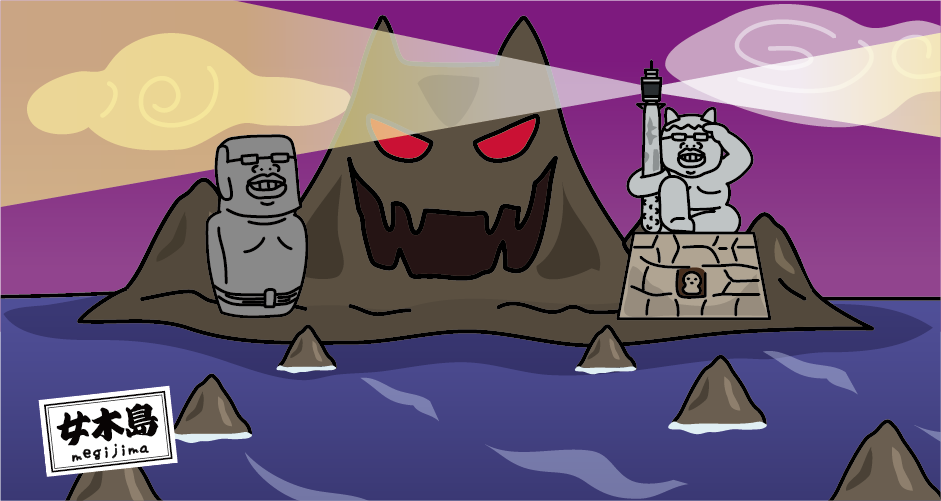


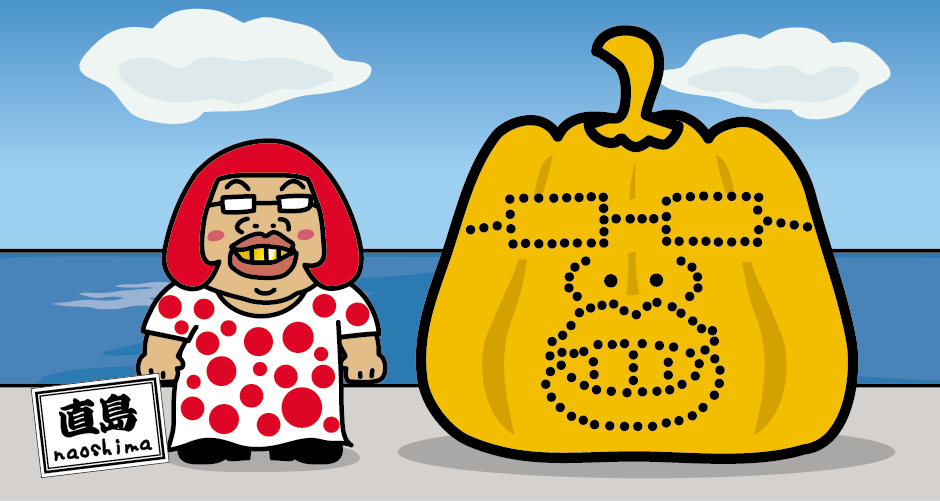

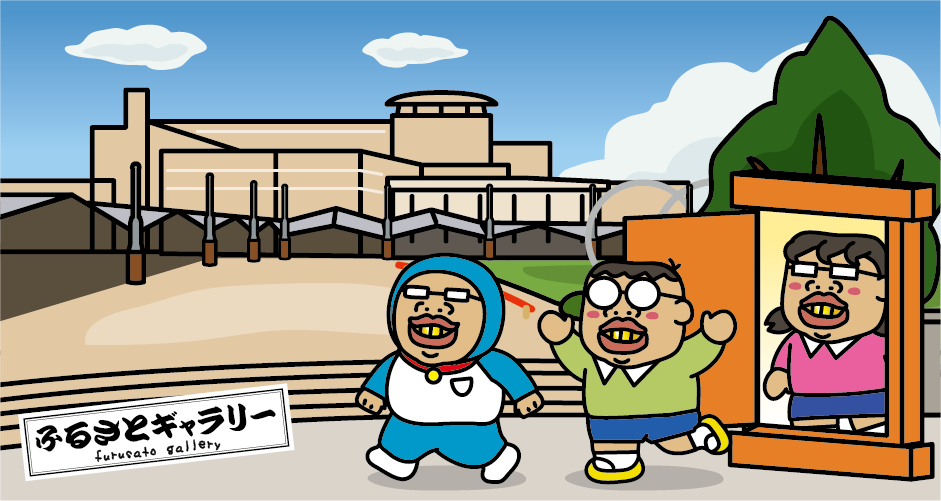
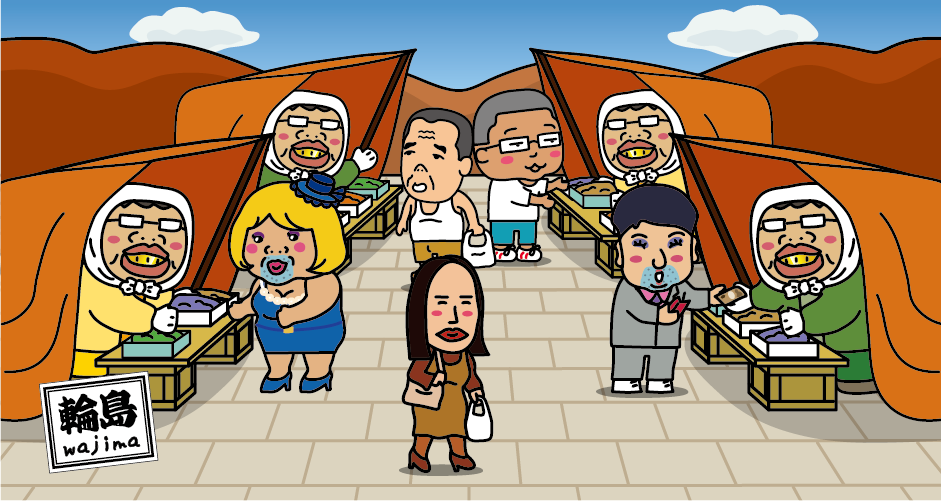

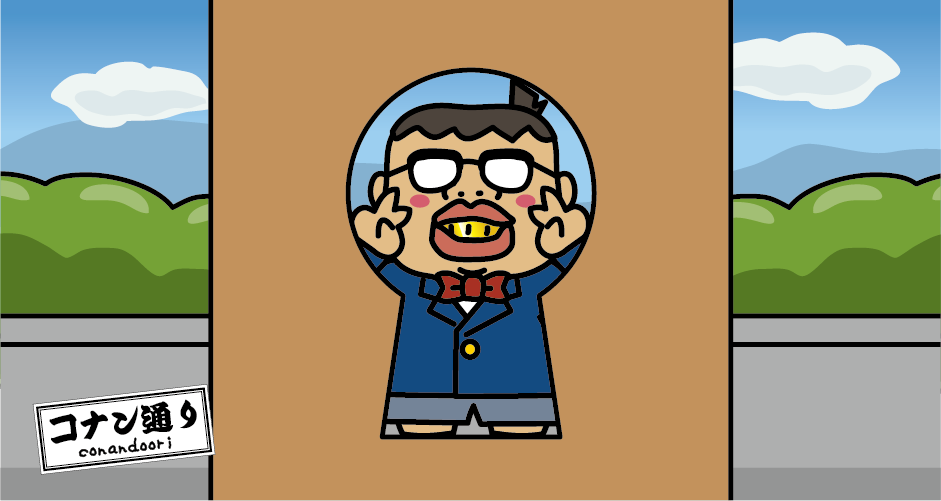
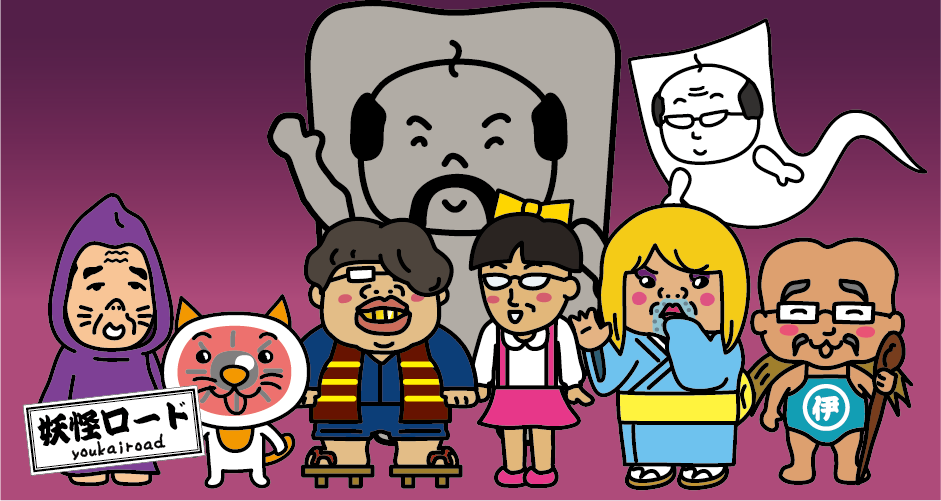

You need to login to comment on an article.